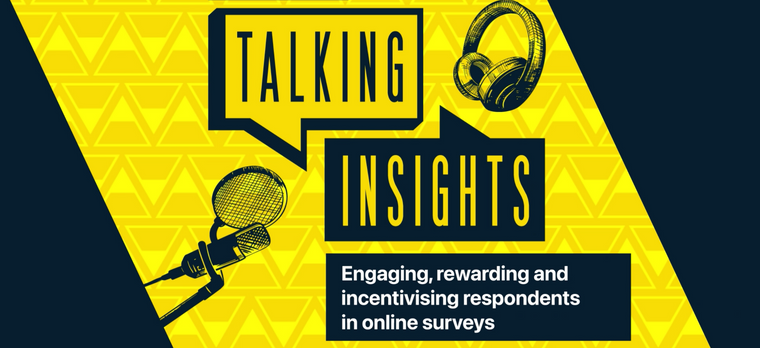Challenges in recruiting participants and its impact on the cost of online modes
Respondent response rates are crucial in online research, which continues to be in high demand due, necessitating increased engagement efforts and incentives amid challenges like survey fatigue and recruitment costs.

Article series
Global Prices Study
- Is the “Right Price” in the room now?
- Two cents on the price of research
- Is online research becoming costlier?
- Internalisation of research and its impact on social listening projects
- Challenges in recruiting participants and its impact on the cost of online modes
- Advantages and challenges of running a Random Probability Project
- Rising cost of market research professionals: skill shortage or rising inflation?
- An insight into the rising demand for Data Analysts
In ESOMAR’s recently released Global Prices Study 2023 report, we find that prices for the online modes of many of the typical market research projects have increased compared to 2021. For instance, the global median price for an online Usage & Attitude study has increased nominally by 11% compared to 2021. Aditi Bhonsle shares her views on the challenges of recruiting participants for studies in online modes and how this affects its cost, especially with the higher share of the population moving to the digital world in this extract from the report.
The most important factor that measures the success of online research is the response rate of the audience on the panel platforms. This response rate is governed by the level of engagement of the panellist beyond the research survey itself and the incentives that are meted out to the panellist post-successful survey completion.
Over the last 2-3 years, the onset of the pandemic brought about disruption across most industries, including market research. With the physical restrictions that Covid brought in, there was a huge migration of the population to digital media. The need for feedback from consumers and, hence, research became very critical for businesses. The demand for online research grew exponentially, especially, in developing markets like India, the Middle East, and Africa where offline methodologies like F2F/CATI were more prevalent. For India, the online research pie grew from 10% to 40% of the overall research.
With the flux of the population moving to digital, one would have expected easier access to the required consumer digitally for research needs. However, with the innumerable apps and platforms that are at the disposal of the digital audience and a lot of them providing lucrative reward options, enrolment on a panel for research and incentives is no longer a novelty. Hence, recruitment has become challenging and expensive.
The increase in the number of surveys has led to survey fatigue among the existing panellists. Getting the panellists’ attention and response for a survey, even for 10-15 minutes, has become very challenging. There is a need for higher investment in engagement activities and lucrative incentivization to maintain the response rate. For e.g.: if, for a certain audience, the response rate was 12% earlier, it has dropped to 8-10% in the last couple of years. Hence, higher investment in terms of money and resources is not only required for higher recruitment numbers but also for better engagement and maintenance of the panel ecosystem.
Many technological advancements such as AI-backed panel analytics platforms to understand the panellist behaviour and enhance the panel performance have been added in the last 2-3 years which also leads to an increase in costs.
So, while online research continues to be more efficient than the traditional methods as can be seen from the average pricing per project, the global median pricing has increased over the last 2 years.
Are you curious about your agency’s prices compared to the median prices at global, regional, and local levels? Head to ESOMAR’s Global Prices Study 2023 to download the report and the data tool to benchmark your agency’s prices!
The report also includes relevant topics for the industry, such as the cost of a standalone F2F/virtual presentation, the choice of data collection methodologies, and the evolution of professional tariffs, along with opinions of industry experts. A must-read for both suppliers and buyers in the industry, available on the ESOMAR website.
Aditi Bhonsle
Associate Vice-President, Research Services at Borderless AccessAditi has over 20 years of experience in market research and analytics. She has led many client engagement initiatives that require expertise in-depth analysis and a deep understanding of market research. She has extensive working experience in the technology research space and managed studies related to customer satisfaction, net promoter, brand awareness and perceptions tracking, habits and attitudes, pricing evaluation, etc.
Article series
Global Prices Study
- Is the “Right Price” in the room now?
- Two cents on the price of research
- Is online research becoming costlier?
- Internalisation of research and its impact on social listening projects
- Challenges in recruiting participants and its impact on the cost of online modes
- Advantages and challenges of running a Random Probability Project
- Rising cost of market research professionals: skill shortage or rising inflation?
- An insight into the rising demand for Data Analysts


